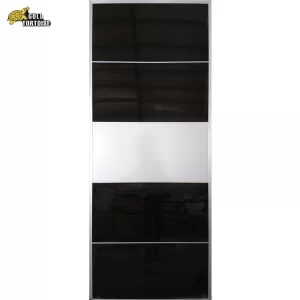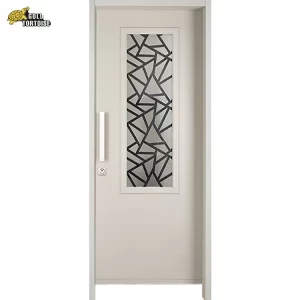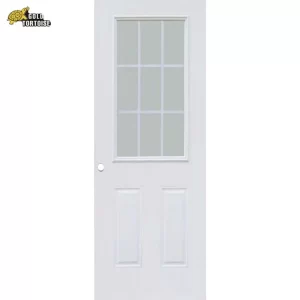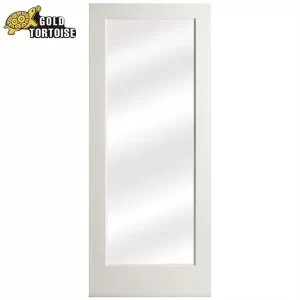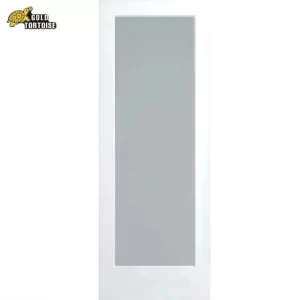The choice between an aluminum door and a steel door depends on various factors, and each material has its own advantages. Here are some advantages of aluminum doors over steel doors:
1. Corrosion Resistance:
Aluminum is naturally resistant to corrosion, making it well-suited for environments with high humidity or exposure to moisture. Unlike steel, aluminum does not rust.
2. Weight:
Aluminum is a lightweight material compared to steel. This makes aluminum doors easier to handle during installation, especially for larger doors.
3. Durability:
Aluminum doors are durable and resistant to warping, cracking, or rotting. They can withstand exposure to various weather conditions, making them suitable for exterior applications.
4. Low Maintenance:
Aluminum doors generally require minimal maintenance. They do not need to be painted for corrosion resistance, and the material is resistant to pests.
5. Thermal Insulation:
Aluminum doors can be designed with thermal breaks or insulation materials to enhance energy efficiency. This can contribute to better insulation properties compared to some steel doors.
6. Design Flexibility:
Aluminum is a malleable material, allowing for a wide range of design possibilities. Aluminum doors can be easily customized in terms of shape, size, and finish, providing design flexibility.
7. Modern Aesthetics:
Aluminum doors often have a sleek and modern appearance that complements contemporary architectural styles. They are available in various finishes and can contribute to a modern design aesthetic.
8. Recyclability:
Aluminum is highly recyclable, and recycling it requires less energy compared to manufacturing new aluminum. This aligns with sustainability goals and environmental considerations.
It’s important to note that the choice between aluminum and steel doors should consider specific project requirements, budget constraints, and design preferences. While aluminum doors have these advantages, steel doors also offer strengths such as high strength and security. The best choice depends on the specific needs and priorities of the application.


